China Expands Credit Support for SMEs
This article contains AI assisted creative content
In a strategic push to bolster domestic resilience amid external uncertainties, the People's Bank of China (PBOC) has unveiled a suite of monetary easing and credit support measures aimed squarely at small and medium-sized enterprises (SMEs). The shift signals not only China's commitment to stabilizing its real economy but also has implications for foreign investors, supply chain partners, and trade-financing institutions worldwide.
Speaking at the China Economic Roundtable, Ding Zhijie, Director-General of the PBOC's Research Institute, outlined a comprehensive policy package that blends liquidity expansion, cost reduction, and targeted credit innovation. “The moderately loose monetary policy helps expand funding to the real economy, lower financing costs for businesses—especially SMEs—and enhance their operational stability,” he said.
Easing Pressure on SME Credit and Capital
A cornerstone of this policy suite is increased access to affordable financing. In recent months, the central bank has:
Cut the reserve requirement ratio (RRR) by 50 basis points,
Lowered policy interest rates by 10 basis points, and
Reduced rates on structural monetary tools by 25 basis points across the board.
These moves are designed to funnel more credit into the real economy at reduced cost. Ding noted that as of the end of April, China's outstanding inclusive loans to micro and small enterprises had reached ¥34.3 trillion (approx. $4.77 trillion), marking an 11.9% year-on-year growth—outpacing the overall lending growth rate.
This expansion is especially relevant to “Little Giant” firms, China's classification for innovative, specialized SMEs that often form key links in global value chains. Foreign multinationals and institutional investors engaged in supply chain finance or venture partnerships with such firms could find new opportunities as liquidity deepens and credit risk declines.
Financing Cost Declines Offer Relief
Crucially for small firms navigating higher input costs and weak demand, borrowing costs are now falling. In March, the average interest rate for newly issued inclusive SME loans stood at approximately 3.6%, a 55-basis-point drop year-on-year. For April, the weighted average rate across all corporate loans had further declined to 3.2%.
This trend could prove encouraging for cross-border financing institutions and export insurers who assess SME counterparty risk. Lower interest rates, when paired with expanding credit access, may help shore up financial stability and reduce default rates among China's SME borrowers.
Targeted Structural Tools to Spur Innovation and Consumption
In addition to conventional monetary easing, the PBOC is deploying structural tools to address bottlenecks in tech innovation and domestic demand. These include:
¥300 billion in new relending quotas for technological transformation and innovation,
¥300 billion in relending support for agriculture and micro-businesses,
¥500 billion in new quotas dedicated to service consumption and eldercare.
Ding summarized the approach with three keywords: “expand volume, lower cost, and foster innovation.” The relending tools are not only sizable in scope but also focus on future-facing sectors. This may generate increased interest from foreign institutional investors focused on ESG mandates or impact investing, especially in healthcare, green consumption, and rural revitalization.
Entrepreneurship Loan Policy Sees Renewed Emphasis
Also receiving attention is the entrepreneurship guarantee loan program—originally launched in 2016 to boost employment. The central bank now plans to streamline approval processes, reduce lending timelines, and incentivize banks to offer better terms, including reduced guarantee fees and interest rates.
From a policy transmission perspective, these changes are designed to work through local financial institutions, with the PBOC guiding implementation through both moral suasion and structural support. For development finance professionals and international donors collaborating with Chinese counterparts, these reforms may offer new alignment pathways for SME-targeted initiatives.









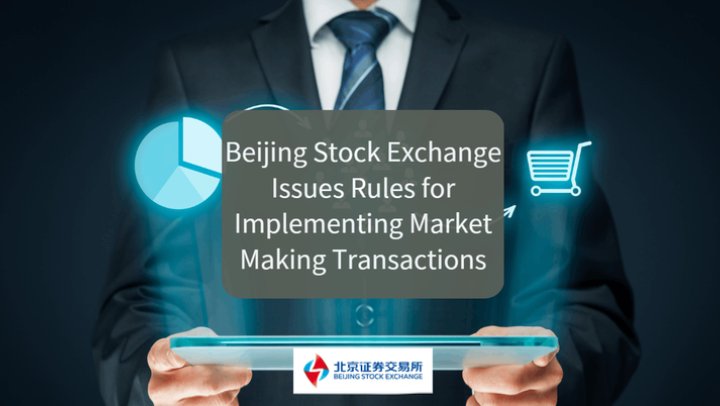



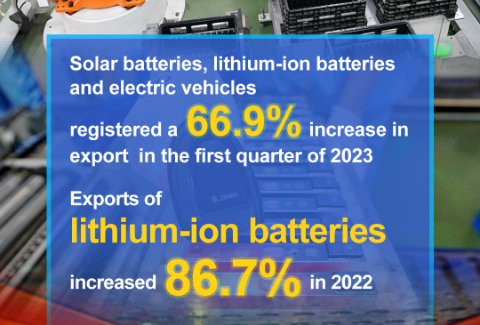



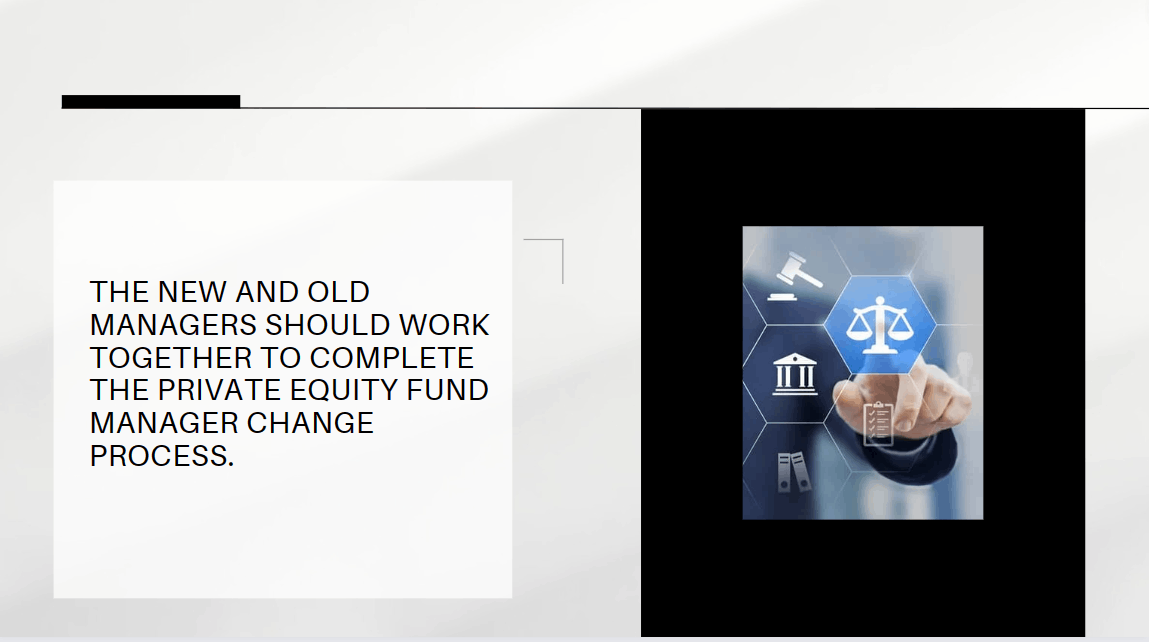
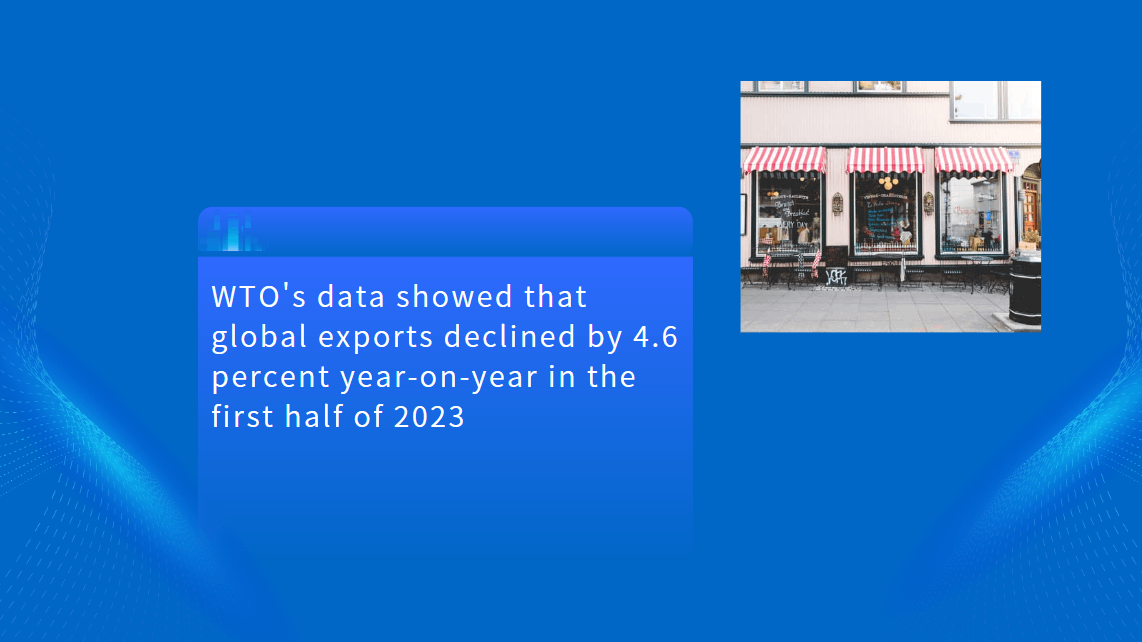
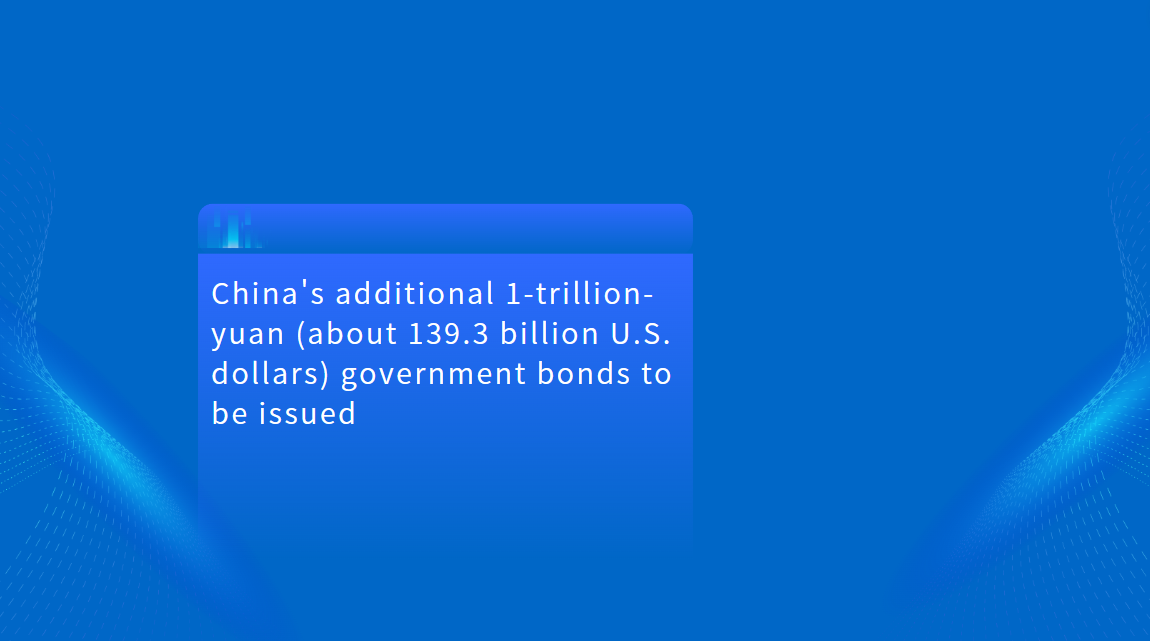

































First, please LoginComment After ~